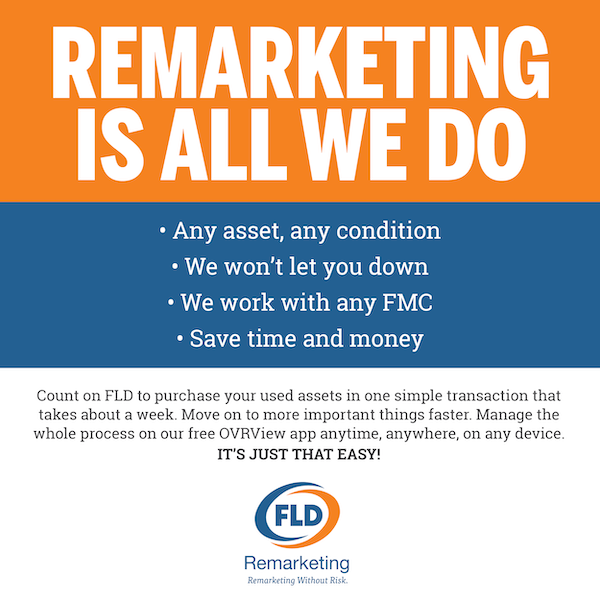
By Anthony Sasso, President, TD Bank Equipment Finance Inc.
November 2020
As we look down the road at 2021, there are some hopeful signs on the horizon. While consumer spending is still down, the Cass Freight Index shows that shipping volumes are up from August and is now only 1.8% behind year over year—up 27.5% from April lows. FTR’s Trucking Conditions Index rose to 8.31, showing increased optimism for the industry thanks to the favorable rate environment. The sale of Class 8 trucks continues to recover, and spot rates are also going the right direction, which could be a sign of a rebounding economy.
Even with these hopeful signs, there are still more questions than answers for the year ahead. The biggest question—how the pandemic will play out in the months ahead—will impact everything else. Still, fleets can prepare for the uncertain environment to ensure they are set up for success. Here are a few ways they can make sure they are ready for the unknown.
Prioritize Strong Balance Sheets
A strong balance sheet can help fleets in a wide variety of situations. In the past year, companies with strong balance sheets have been able to better adjust and adapt to the rapidly changing environment than competitors. If fleets use this time to focus on their balance sheets, they can better position themselves to weather a continued downturn.
When fleets look at their balance sheets, they should also consider costs that might change. Insurance prices, for example, might rise in the current year. By taking into account these variables, fleets can work with their accounting teams to create plans for a wide range of possible futures.
Look for Flexibility
Fleets might have to adjust quickly to changing consumer demands and shifting industry trends in the year ahead. For instance, in the past year we have seen e-commerce increase exponentially. The U.S. Census estimates that it now represents over 16% of total retail spending, up 44.5% from the same quarter a year ago.
This might mean that trucking companies need to shift their fleet composition to better accommodate just-in-time delivery. They might need to pivot to smaller vans for last-mile delivery. If the pandemic continues, it is possible that consumer behavior will shift further towards contactless delivery and online orders, accelerating this change.
Flexible financing options can help keep fleets agile. One way fleets can increase their flexibility is to reduce financing terms on loans and leases to allow for more rapid changes in fleet composition. They can also consider options like Fair Market Value Leases, which allow the Lessee to upgrade or change equipment.
Be Ready to Change
If this past year has taught us anything, it is just how quickly everything can change. 2021 is sure to be a year of change, too. The industry stands on the precipice of great technological innovations like Freightliner’s electric vehicles, which just logged their first 300,000 miles this year. Consumer behaviors and global trade patterns are all shifting as well.
Though there is a lot of uncertainty ahead, there are also good reasons to be hopeful. Disruption comes with opportunity, and the trucking industry has proven to be resilient and versatile this past year, adapting to everything that 2020 threw their way. Fleets that head into 2021 with strong balance sheets and flexible financing will be better able to grow and change with the industry.




